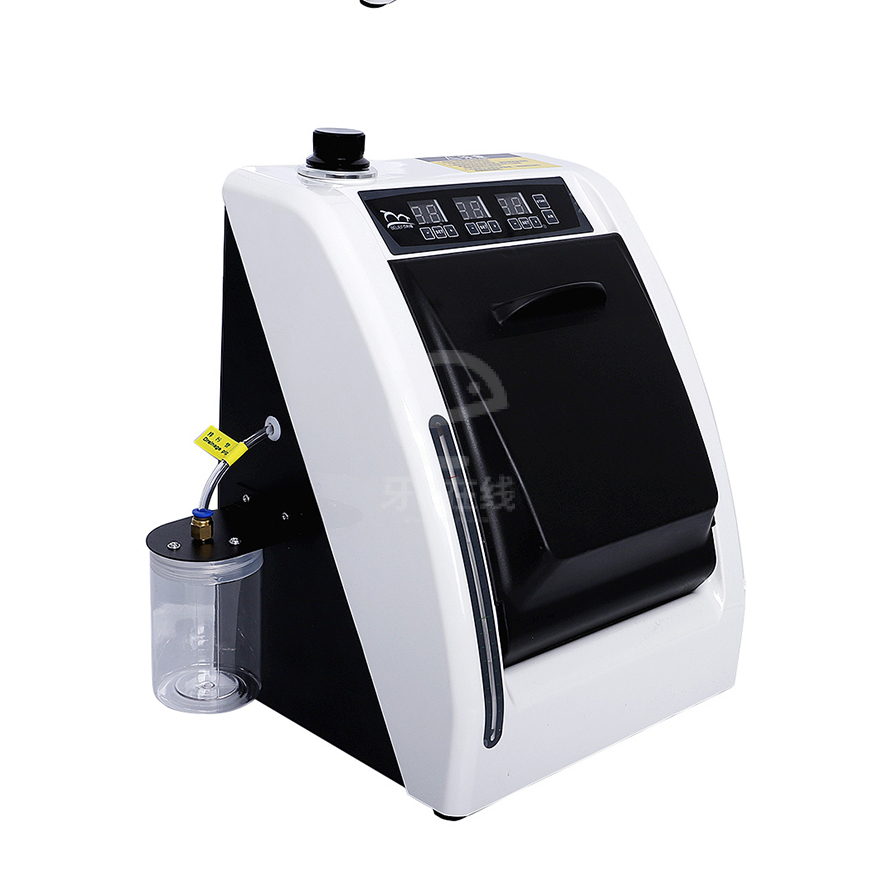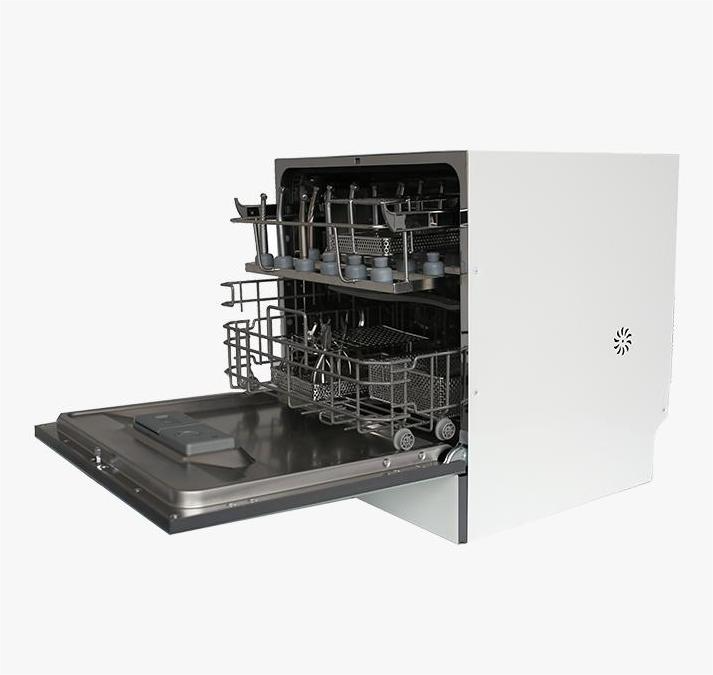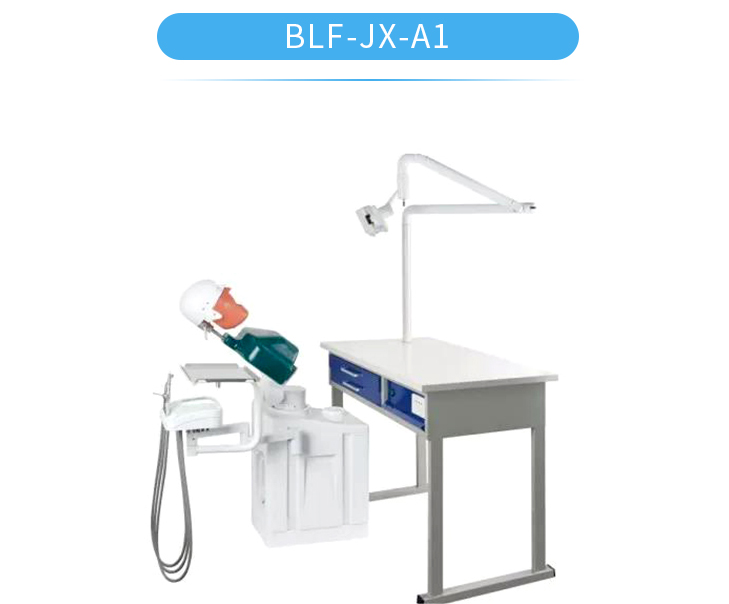oral surgery instruments names
Oral surgery instruments represent a comprehensive collection of specialized tools designed for various dental surgical procedures. These instruments include essential items such as surgical forceps, elevators, scalpels, and retractors, each serving specific functions in oral surgical procedures. Surgical forceps are precisely engineered for gripping and manipulating tissue while maintaining optimal control during delicate procedures. Elevators assist in loosening and extracting teeth with minimal trauma to surrounding tissues. High-precision scalpels feature ergonomic handles and interchangeable blades for accurate incisions. Retractors are designed to provide clear visibility and access to the surgical site while protecting adjacent tissues. Modern oral surgery instruments incorporate advanced materials like surgical-grade stainless steel, ensuring durability and sterilization capability. These instruments often feature textured surfaces for enhanced grip and control, even in wet conditions. The collection also includes specialized items such as periosteal elevators, bone files, and surgical curettes, each designed for specific aspects of oral surgical procedures. Contemporary oral surgery instruments emphasize ergonomic design, reducing hand fatigue during extended procedures while maintaining precision and control.


